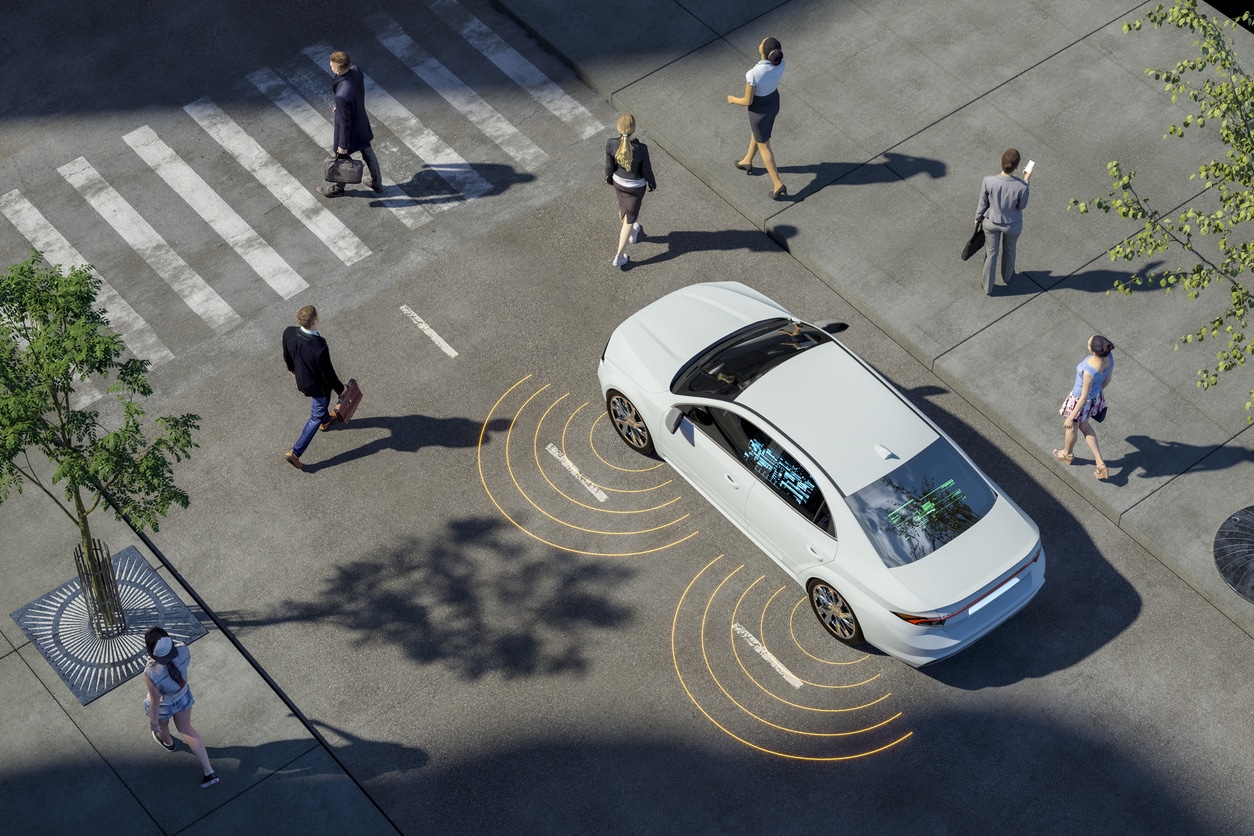As states across the U.S. begin to prepare for the future integration of self-driving cars into daily traffic, significant legislative moves are shaping the landscape of automotive and insurance industries. Recent developments, highlighted in a comprehensive piece by Elaine S. Povich for Stateline, illustrate the proactive steps being taken to address the safety and liability concerns surrounding autonomous vehicles.
Overview of Legislative Trends
States are actively legislating to set the groundwork for the safe operation of fully self-driving cars. For instance, Kentucky’s new law mandates a $1 million liability insurance minimum per vehicle—significantly higher than the requirement for conventional vehicles. This legislative push reflects a broader trend of preparing legal frameworks to accommodate the shift towards vehicle automation, with the safety of drivers, passengers, and pedestrians in mind.
Insurance Industry at a Crossroads
The insurance sector faces a paradigm shift with the advent of autonomous vehicles. Here’s what this means for the industry:
- Adjusting to Higher Liability Requirements: States like Kentucky are setting high insurance minimums for autonomous vehicles, acknowledging the potential risks involved. Insurers will need to recalibrate policies to accommodate these higher liability thresholds.
- Evolving Risk Assessments: As the technology behind autonomous vehicles improves, insurers must develop new models to assess risks associated with automation. The traditional metrics used to evaluate driver risk will transform, shifting focus towards software reliability, cybersecurity threats, and system redundancies.
- Navigating Regulatory Changes: With states like California and Alabama enacting their own regulations, insurers must stay agile, adapting to a patchwork of state-specific requirements that could affect policy pricing and coverage scope.
Challenges and Opportunities
The transition to autonomous vehicles isn’t without its challenges. Labor concerns about job displacement in the driving sector and technological readiness, especially for large commercial vehicles, reflect broader anxieties about automation. However, these vehicles also offer the potential to reduce accidents caused by human error, suggesting a long-term decrease in claims related to driver negligence.
Insurance companies must now consider:
- Who is at Fault?: With autonomous vehicles, determining liability in the event of an accident becomes complex. Is the manufacturer at fault due to a software malfunction, or does liability lie with the vehicle owner for maintenance failures?
- Policy Adjustments: Insurance policies may need to evolve to cover unique aspects of autonomous operation, such as software integrity and data privacy.
Looking Forward
As states like Kentucky push forward with regulations that will shape the future of autonomous driving, the insurance industry must proactively engage with these changes. Understanding the implications of new laws and preparing for the shift in risk dynamics will be crucial for insurers to effectively serve their clients in a new era of transportation.
By staying informed and adaptable, the insurance sector can not only address the emerging challenges posed by autonomous vehicles but also capitalize on the opportunities to lead in an evolving market.













